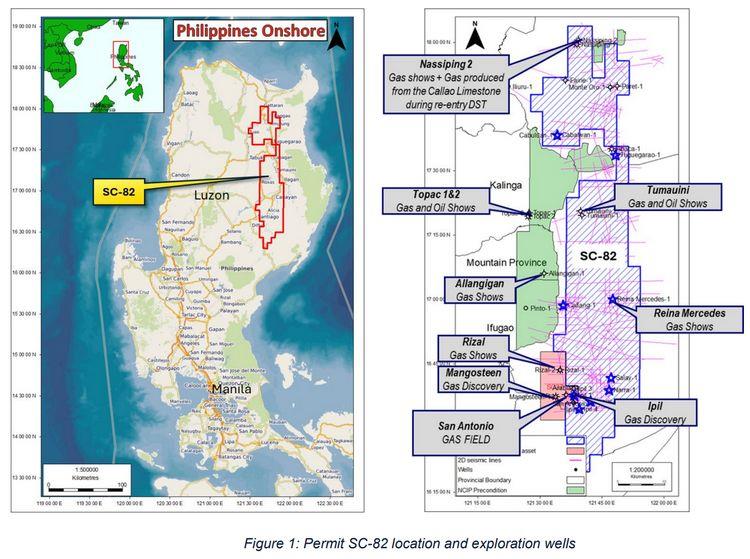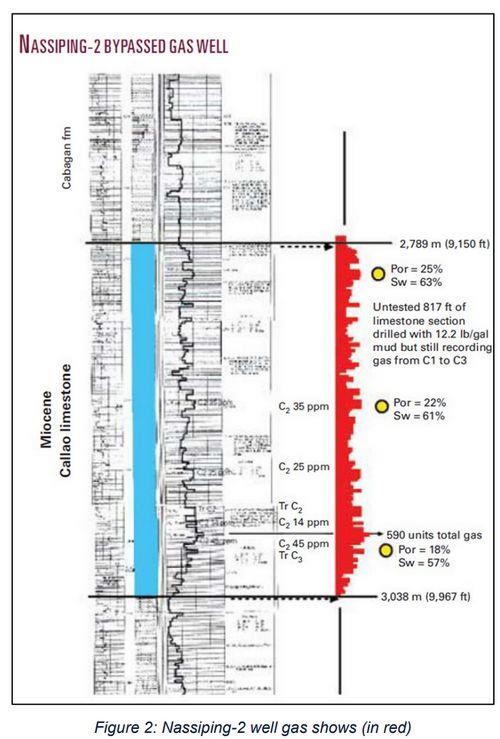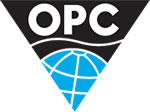- Triangle has been awarded an exploration Service Contract in the Cagayan Basin onshore Philippines on the island of Luzon
- One gas discovery on block – Nassiping – close to existing power grid
- Additional prospectivity in 4,700km2 block (1.1 million acres)
- Significant local and regional demand for gas
- Excellent fiscal terms

Triangle Energy Global has been awarded Service Contract SC-82 onshore on the island of Luzon in the Philippines. Triangle has a 100% interest.

The permit lies within the Cagayan Basin, a typical Tertiary half graben that contains a series of sandstones, shales, limestones and coals that have good potential for gas discoveries.
A gas discovery well, Nassiping-2, drilled in 1984 (Figure 2), lies within the northern part of the permit and is located only 700m from the local power grid. The well encountered 800ft (244m) of gas shows in platform and reefal carbonates, but was not tested until 28 years later. While the well flowed gas to the surface from the Callao Limestone interval, the test programme was terminated early due to mechanical problems.
The Nassiping structure compares favourably in size to the San Antonio gas field, which abuts the permit to the southwest and produced from similar limestone formations. San Antonio produced gas into a power generation plant and sold electricity to the local power-hungry market for 14 years. Another well in the San Antonio area, Mangosteen1, also discovered gas in sandstone formations similar to those occurring in the SC-82 area.

In relation to ASX listing rule 5.29 the well logs shown on this diagram are resistivity, gamma ray and gas concentration surveys acquired during the drilling of the Nassiping-2 well in 1984, along with petrophysical calculations of porosity and water saturation. The Nassiping-2 well is located in the SC-82 permit,
In relation to ASX listing rule 5.30, the Nassiping-2 well is an exploration well, drilled in 1984, located at Latitude 18° 00' 48" N Longitude 121° 38' 29" E (X: 356325.00 m E ; Y: 1991997.00 m N).,
The well discovered gas in the interval 9,160 ft to 9,967ft (measured depth) but was not fully tested due to mechanical issues, therefore a net reservoir interval could not be established. The Philippines is a developing and expanding nation which uses gas to generate approximately 30% of its power. Most of this gas comes from the Malampaya gas field, a late life asset.
The Philippines is likely to become a gas importer and therefore there is a ready market for any domestic gas discoveries. The fiscal terms in the Philippines are very attractive for production of gas and oil.
The work commitment for SC-82 comprises 5 phases over seven years. The first phase runs for two years, to source, digitise and reprocess seismic and well data at a cost of US$ 425,000. The second phase is discretionary, and comprises G&G and G&A work at a cost of US$450,000. The third phase is discretionary and comprises US$500,000 of geophysical data acquisition. The fourth and fith phases are discretionay and comprise well planning and drilling a well at an estimated cost of US$5.9 million.
Triangle notes that the Company retains the ability to accelerate this program at their discretion.
Next Steps:
- an initial phase of data collection, interpretation and volumetric assessment will be followed by seismic reprocessing and new data acquisition
- to identify areas of highlighted interest, and to firm-up into prospect locations
- seek suitable joint venture partners
The Australian Embassy in Manila issued a statement:
'The Australian Government congratulates Triangle Energy on securing three petroleum service contracts. This project is a testament to the Australian Government’s commitment to increase investment in the Philippines. This investment is a collaborative effort under Invested: Australia’s Southeast Asia Economic Strategy to 2040 and demonstrates Australian companies are supporting mutual economic development across the region.'
Triangle Managing Director, Conrad Todd, said: 'We are very pleased to confirm the signature of the SC-82 Service Contract by the President of the Philippines. This culmination of significant effort by Triangle staff, combined with our signature of two offshore permits in the Bangsamoro Autonomous Region of Muslim Mindanao (BARMM), comprises a very attractive new country entry.
I would also like to thank the Australian Embassy in Manila, His Excellency Marc Innes-Brown, Ambassador to the Philippines and his hardworking staff at Austrade who helped facilitate these awards'.
Source: Triangle Energy











